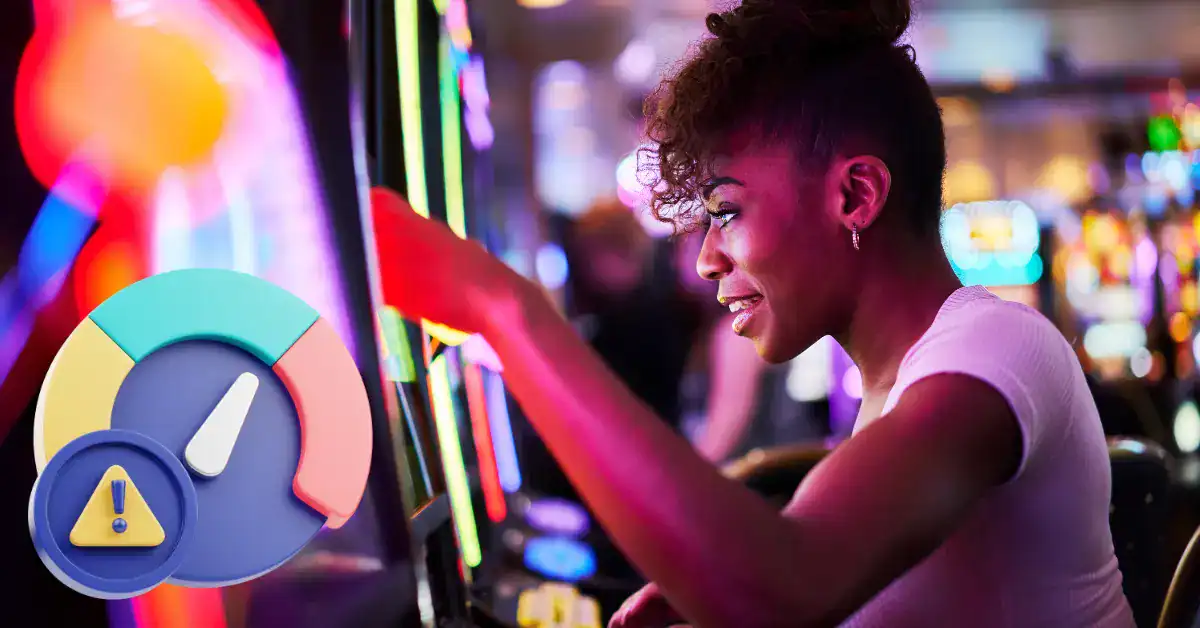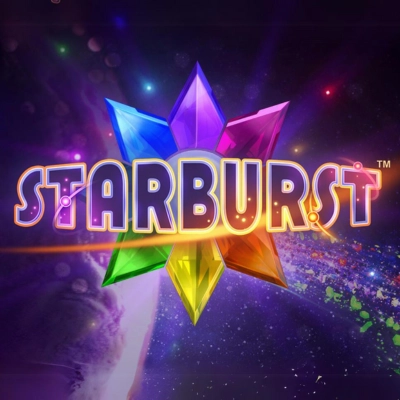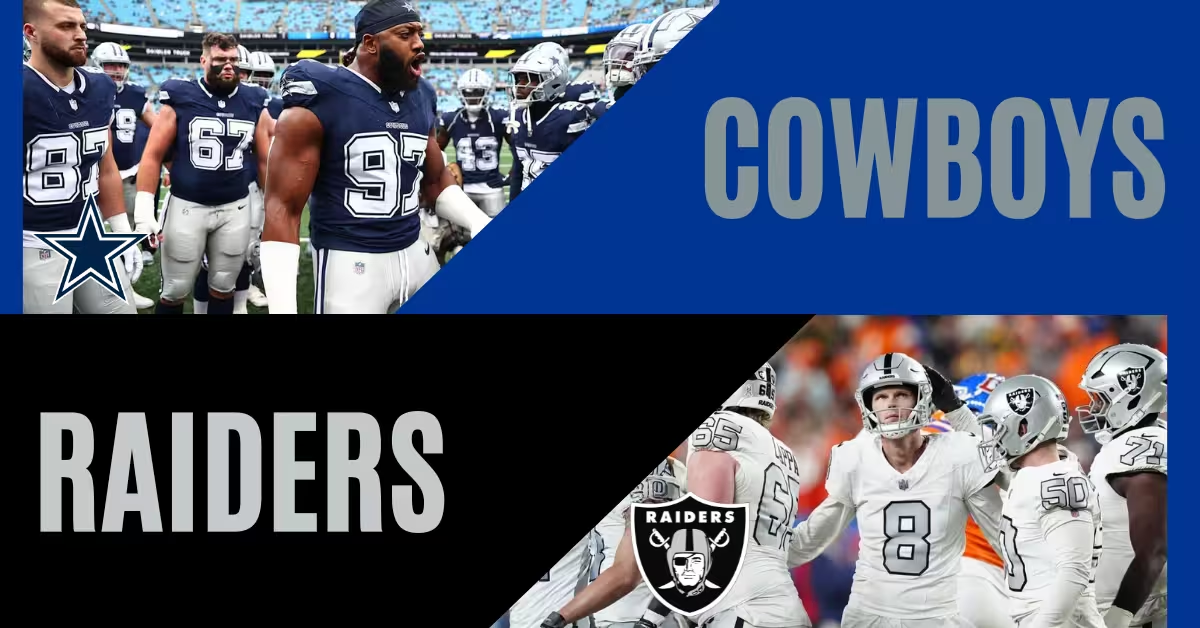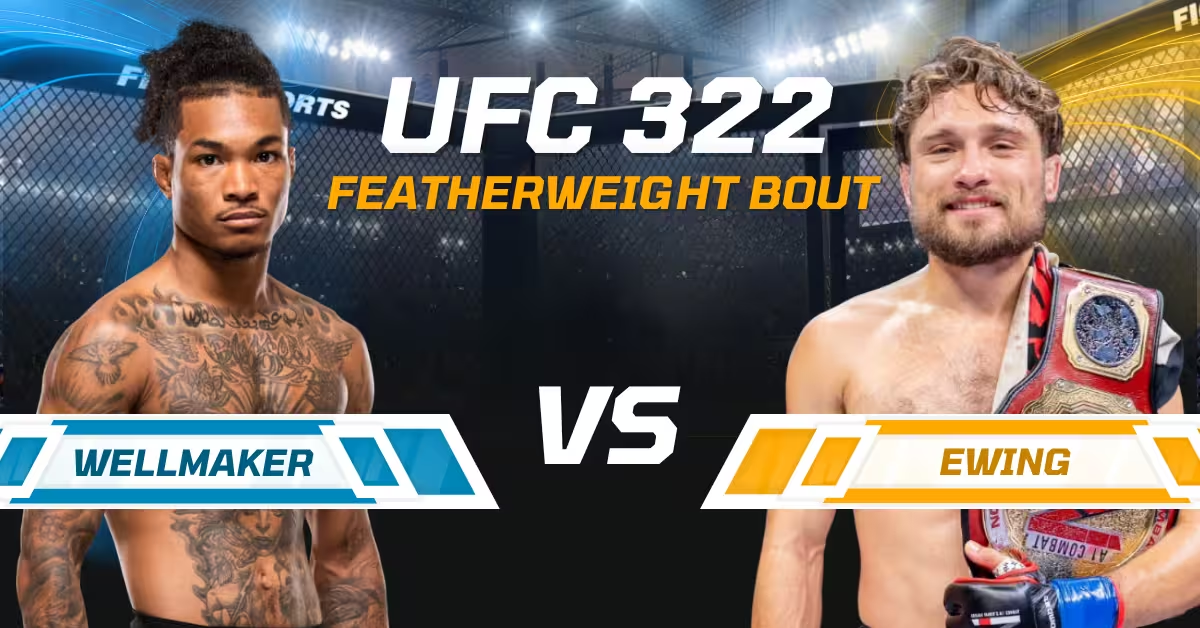The Science of Slot Volatility: Choosing Games That Match Your Style

Slot players don’t usually think about volatility until they’ve burned through their bankroll and start wondering what the heck went wrong. They pick the games that look exciting and fun, chase bonuses that promise big payouts, and assume that every slot plays more or less the same. But volatility, which is how a game handles all wins and losses, is one of the biggest reasons your money lasts one or two hours in a session and five minutes the next time you play!
Volatility isn’t super complicated. It’s just the pattern that is built into every slot, and it decides how risky the game feels and how those risks pay off (or don’t). Some slots trickle out small wins on a regular basis. Others hold out for longer stretches and then drop a huge payout. The mistake players make? Most of them never figure out what type of game they’re spinning on until it’s too late.
Our guide is gonna tell you all you need to know about the science of volatility; what it means, how to tell what level you’re playing at, what it does to your bankroll, and why it’s the first thing you should check before you hit spin! If you’re a casual player or someone who actually is into tracking your outcomes, understanding volatility will alter your approach to reels and how long you can stay in the game.
Understanding Slot Volatility
All slot games run on a set of numbers that decide how regularly they pay out, and, of course, how big the payouts are. That’s volatility! It’s the math part of how the game handles risk.
Low-volatility slots give you a lot of small wins. High-volatility slots hold out longer, but when they finally hit, woo boy, so they hit. The difference changes everything, like how long your bankroll survives, how many dead spins you’ll have to sit through, and how much wiggle room you have to take risks.
You don’t have to memorize payout tables to get the point. If you’re playing a game that always drains your balance and there is no payoff in sight, there’s a good chance you picked a slot with high volatility without realizing it. Let’s find out what each volatility level means for your slot play!
Types of Volatility
Some slots want you in and out. Others are made for long-haul sessions. And a few are just brutal unless you’ve got the patience and the bankroll to weather the dry spells.
What separates the three major categories of slot volatility? Look below to find out!
Low Volatility
These games don’t keep you waiting. You’ll see payouts early and often, and it’s enough to keep your session going and your balance alive and well. The trade-off is that those wins rarely amount to anything major. You’ll collect small hits, but you won’t walk away with a thousand times your stake.
Low-volatility slots are good for players who want more time on the reels, not high-stakes drama. You’re here to play, not win huge or have a panic attack.
Medium Volatility
Medium-volatility games live in the middle ground. They don’t pay out as frequently as low-volatility slots, but they still give you enough activity to feel engaged. Every so often, they’ll throw in a decent payout, maybe 30×, 50×, or even 100× your stake, to keep you interested and playing.
This category fits players who can handle a little risk but don’t want to feel like they’re constantly waiting for the game to come alive. You’ll hit dry patches, but they’re not as brutal. You’ll see bigger rewards, but not so few and far between that they feel totally out of reach.
High Volatility
High-volatility slots are built for the players who can handle long stretches of absolutely nothing in exchange for the chance at a massive return. You can spin 50 times and walk away with nothing, or hit once and walk away with 1,000× or more.
These are the games that are built around risk. If you’re betting above your limits or expecting a steady payout rhythm, they’ll chew through your bankroll. But if you’re in it for the adrenaline, or you’re chasing one big win with money you can afford to lose? They give you something the others don’t: Knockout potential.
Once you grasp the concept of volatility, the next thing is how it shows up in slots. You don’t have to memorize payout tables or trust vague descriptions from game providers. If you know what to look for, volatility is easy to spot! Here’s how different volatility levels look in real slot games:
Starburst – Low Volatility

- RTP: ~96.1%
- Max Win: Around 500× your stake
What to Expect: Starburst isn’t going to change your life, and it’s not trying to. It’s designed to keep your session active with a steady stream of wins, most of them in the 1× to 10× range. You’ll won’t see a dry stretch longer than five or six spins, and the hit rate is high enough to keep casual players interested.
Blood Suckers – Low Volatility (but higher potential than it looks)

- RTP: ~98%
- Max Win: ~1,000×
What to Expect: Blood Suckers has one of the highest RTPs of any slot that gets regular play, and it’s known for paying out consistently. On paper, it’s low-volatility, but it runs a little hotter than others in the same tier. Bonus rounds are triggered reliably, and while most of the hits are still small, there’s enough variety to make it feel less repetitive than most low-risk titles.
Gonzo’s Quest – Medium Volatility

- RTP: ~95.97%
- Max Win: Up to 2,500×
What to Expect: This is the definition of a middle-ground slot. You’ll go stretches without a hit, then suddenly land a chain reaction of payouts in the avalanche feature. It doesn’t lean too far in either direction; wins aren’t constant, but you won’t wait all day for one either.
Book of Dead – High Volatility

- RTP: ~96.21%
- Max Win: Up to 5,000×
What to Expect: You’ll lose a lot of spins in this game, but that’s part of the deal. Book of Dead is built around the idea that most sessions won’t go anywhere, but the ones that do can go off.
Money Train 2 – High Volatility (Extremely)

- RTP: ~96.4% (up to 98% with feature buy)
- Max Win: Up to 50,000×
What to Expect: This one doesn’t even pretend to be balanced. Base game wins are super rare, and most of the action sits inside the bonus feature. If you’re not buying into the bonus round or willing to sit through hours of nothing to trigger it naturally, this game will eat through your bankroll in no time.
How Volatility Affects Your Gameplay
Volatility doesn’t only influence how a slot pays. It changes how you approach the game, how long your balance survives, and how much frustration or satisfaction you walk away with. Two players could bet the exact same amount on two different slots, and one might get 40 minutes of gameplay while the other burns through their balance in 10 minutes.
Next up is how volatility hits different areas of your playing experience: Bankroll, mindset, and how much time you get on the reels.
The way your balance moves during a session is tied directly to volatility.
With low-volatility games, you’ll get a steady return on your stake. The individual wins won’t be huge, but you’ll see them regularly enough to remain active. That means your bankroll holds up longer, even if the wins don’t amount to much.
High-volatility slots are the opposite. They look drool-worthy with massive multipliers or jackpot features, but they do come at a cost. You’ll see long periods with little to no return, which can wipe out a session unless your bankroll is big enough to absorb the no-hit stretches.
This is where most players miscalculate. They pick a high-volatility game with a $20 balance and expect something to hit. But these games aren’t designed for short sessions or small stakes. If your budget can’t survive a hundred empty spins, you’re putting yourself in a bad spot before the game even starts.
Volatility doesn’t just affect your bankroll; it also affects how you feel while you play. Low-volatility games create a sense of getting somewhere. You’re constantly getting some kind of feedback. Even if the wins are small, you don’t feel ignored by the machine. That keeps the session moving and makes it easier to stay level-headed.
High-volatility slots create a different kind of tension. There’s more downtime, more disappointment, and more emotional spikes when something finally lands. For some players, that’s the whole appeal; it makes the rare wins feel like they earned it. And for others? It’s exhausting. The constant waiting, the extended losing streaks, the bonus rounds that don’t deliver? Those add up.
If you’re the type who tilts after a few empty runs, you’re going to have a much harder time with high-volatility slots. They’re built to test your patience. And if your reactions are driving your next bet instead of your plan, you’re going to get chewed up and spit out.
How long you want to play and what kind of session you’re aiming for should absolutely influence your volatility choice!
If you’ve got a half-hour to kill and a fixed budget, a low-volatility game makes the most sense. You’ll get more spins, more consistent feedback, and a better shot at keeping your balance going for a full session.
If you’re in for the long haul, or you’re playing with a larger bankroll and have time to let things develop, medium or high-volatility slots are worth exploring. These games reward players who can hang around, wait for the bonus rounds, and understand that the big payouts don’t come for a long time.
High-volatility slots aren’t made for short bursts, and low-volatility games aren’t made for big wins. If you expect the wrong thing from the wrong game, you’re going to be disappointed no matter how lucky you are.
Volatility vs RTP: What’s the Difference?
A lot of players treat volatility and RTP as if they mean the same thing. They don’t. Both numbers help describe how a slot performs, but they’re answering different questions.
RTP (Return to Player) is the long-term average a slot returns to players, expressed as a percentage of total wagers. Volatility describes how unpredictable the short-term results are, like how frequently a game hits and how much it pays when it does.
You need both pieces to understand how a slot will behave over time. And more importantly, how it treats your bankroll from one session to the next.
RTP Explained
Every slot has a theoretical return rate. It’s usually somewhere between 94% and 98%. That number is based on millions of spins and represents the percentage of money returned to players across all gameplay, not any individual session.
If a slot advertises a 96% RTP, it means that for every $100 wagered across all users, the game returns an average of $96. But—and this is where people get confused—that doesn’t mean you will get $96 back. You could walk away with $2, or $200, or nothing at all. RTP takes the long view. It shows the design, not the outcomes.
It’s a useful number for comparing games, but it doesn’t tell you how rough the ride might be.
How RTP and Volatility Work Together
RTP is the total you’re playing toward, and volatility is the route the game takes to get there. Two games could have identical RTPs, but one could be full of steady, repetitive wins while the other stays cold for a hundred spins and then drops a bonus worth 500× your stake.
Take two games with 96% RTP. In one, you might hit 10 small wins across 20 spins. In the other, you get nothing for 40 spins, then one big payout that covers everything. Both are delivering the same theoretical return, but the way they do it is different.
This is why players who pick games based solely on RTP end up being confused. They think they’re getting something stable, when in reality, volatility is doing most of the work that affects their experience.
Real-Life Examples With Similar RTP, Different Volatility
Say you’re looking at two games that both advertise a 96% RTP:
- Blood Suckers (Low Volatility): This slot hands out regular low-to-mid payouts, triggering bonus rounds more easily than most titles. You stay active, and your balance tends to last longer, even if the top payouts are modest.
- Bonanza (High Volatility): This Megaways slot can go cold for long time periods. Bonus features don’t trigger quickly, and base game payouts are thin. But when things line up?! It can hit for thousands of times your stake.
Both offer the same theoretical return. But one gives you some flexibility. The other tests your limits before it offers you a shot at something huge.
Understanding that difference means you won’t be surprised when a game with a “high RTP” still empties your balance in 12 minutes.
Matching Your Slot Style to Volatility
You don’t have to give yourself a slot label, but it is helpful to recognize your usual gaming habits and preferences. There are three profiles that cover most players, and each one lines up with a specific volatility range!

The Low-Risk Grinder
You play for longevity. You’d rather get a series of small wins and keep spinning than go all-in for one giant score. Maybe you’re running a smaller bankroll. Maybe you just prefer stability over swings. Either way, your best bet is low-volatility slots that reward frequent play without punishing your balance too hard.
Grinders want the game to give something back every few spins, even if the amounts aren’t big.
The Balanced Player
You can handle a few cold spells if the game gives you a reason to keep going. You’re okay with a little risk, especially if the slot still offers decent activity between bonus features. You’re not trying to win big or lose slow; you just want something that doesn’t feel boring or punishing.
Medium-volatility games are built for you! They won’t always pay well, but they’ll keep you engaged, and the wins, when they land, feel worth it.
The High-Roller Dreamer
You’re not afraid of long dead patches if there’s real potential on the other side. If you’ve got the bankroll to back it up or you just like swinging for the fences, you’re here to hit something big, even if it takes a long time.
You don’t mind watching your balance drop. You’re focused on the one spin that changes the session. That mindset puts you squarely in high-volatility territory.
Just be honest about what you can handle! Dreaming big is one thing. Watching your session collapse in 20 minutes because you picked a game that doesn’t match your limits is something else entirely.
Slot Suggestions Based on Style
Finding the right game means more than just checking the volatility tags! You have to seek out titles that were designed to support your approach.
For Low-Risk Grinders
- Starburst: High hit rate, fast pace, small, consistent wins.
- Blood Suckers: One of the most forgiving slots out there, with a nearly 98% RTP and frequent bonus triggers.
- Dragon’s Luck: Clean interface, solid payout frequency, reliable low-end returns.
For Balanced Players
- Gonzo’s Quest: Avalanche feature adds depth without making you wait too long for some action.
- Immortal Romance: Rich in features, with enough variance to keep things interesting without wiping you out.
- Thunderstruck II: A classic mid-range slot that rewards players who put in some time.
For High-Roller Dreamers
- Book of Dead: Can feel brutal, but the bonus feature has huge potential, if it ever lands.
- Money Train 2: Base game is a grind, but bonus mode is loaded with a massive upside.
- Bonanza: High-variance Megaways slot with real knockout power, just don’t expect quick rewards.
How to Check a Slot’s Volatility Before You Play
Volatility isn’t always listed front and center, but there are still ways to figure out what kind of payout behavior a slot uses. You don’t have to spin for an hour to figure it out if you know where to look!
Start with the slot’s help menu or game info tab. Most developers include volatility in the specs alongside RTP, paylines, and bonus rules. It might be labeled as “low,” “medium,” or “high,” or described in more detail, depending on the platform.
If the game itself doesn’t provide the rating, check slot review sites. Most of them track volatility for popular titles and explain how it plays out across real sessions. Some gambling apps also include volatility tags in their filter tools, especially for games with progressive jackpots or branded releases.
If volatility isn’t listed anywhere, demo play can give you clues. Load the game in free mode and track a few dozen spins.
In low-volatility games, you’ll usually see frequent payouts. Medium-volatility games give you a wider range, with some spins paying nothing, followed by moderate wins or bonus features. High-volatility games tend to deliver long stretches of cold spins, followed by the occasional bonus or feature that hits big.
It isn’t how much you win in demo mode, it’s how those wins are spread out. Pay attention to how long it takes for features to trigger and how often payouts break even or better. That pattern is usually more useful than the game’s promotional taglines.
There are entire sites dedicated to slot data! Below are reliable resources where you can check slot volatility before you spin.
- SlotCatalog: A comprehensive database that lists slot metrics like volatility, RTP, features, and performance history.
- AskGamblers: A well-known casino review site that includes volatility ratings and explains how they impact gameplay.
- BigWinBoard: Tracks slot performance, volatility levels, hit frequency, and max-win reports across many popular titles.
Best Practices for Managing Your Bankroll Based on Volatility
The way a slot pays should influence how you manage your money. If you’re betting the same way on every game regardless of volatility, you’re increasing your risk without realizing it.
Budgeting Tips for Each Volatility Level
- Low Volatility: Small budgets go further here. Use modest bets for longer sessions.
- Medium Volatility: Use a balanced approach. You’ll need enough in reserve to handle short cold runs.
- High Volatility: Bring a larger bankroll or walk away early. These games don’t pay on schedule, and short sessions rarely pan out.
Betting Strategy Suggestions
- Flat Betting: Same stake every spin. Simple and effective, and it helps avoid overreacting to streaks.
- Progressive Bets: Increase only after wins, and only if you’ve built up an extra cushion. Never use this to recover losses.
Avoiding Emotional Tilt
- Decide your stop points before you even open the game.
- Don’t double your stake just because you’re frustrated.
- If the session starts to feel like a fight, stop playing!
Our Top Slot Recommendations by Volatility
Below you’ll find slots grouped by volatility tier, their RTP, potential payout, and why they match each player profile!
| Slot Game | RTP | Max Win | Why It Fits That Play Style |
|---|---|---|---|
Starburst (Low) | ~96.1% | ~500× | Regular small wins, extended play time |
Blood Suckers (Low) | ~98% | ~1,000× | High hit frequency, bonus triggers |
Aloha! Cluster Pays (Low) | ~96.4% | ~1,000× | Frequent payouts, low-to-medium risk |
Thunderstruck II (Medium) | ~96.5% | Medium | Mixes steady wins with bonus excitement |
Immortal Romance (Medium) | ~96% | Moderate | Rich in features, balanced payout patterns |
Book of Dead (Medium) | ~96.2% | Up to 5,000× | Big wins show up occasionally |
Dead or Alive II (High) | ~96.8% | Up to 111,111× | Rare features, massive payout potential |
Money Train 2 (High) | ~96.4–98% | Up to 50,000× | Sparse base game wins, big bonus round |
San Quentin xWays (High) | ~96.03% | Up to 150,000× | Extreme volatility and a huge jackpot |
Final Thoughts: Make Your Playtime Count
You don’t have to overanalyze every slot before you spin, but if you ignore volatility altogether? There’ll be quicker losses and not the fun kind of surprises. Once you know how win frequency and payout size work together, it’s so much easier to pick the games that actually fit with the way you play!
Volatility gives you a way to better predict the ride. Are you here to stay in the game longer? Or are you going for a top-heavy payout, knowing you might get nothing back? There’s no wrong answer, but different approaches call for different kinds of slots.
Use demo play when you’re not sure! See how long it takes to hit a bonus, how quickly the balance moves, and if the payouts are happening regularly (or at all) for what you’re trying to accomplish. You’ll know pretty quickly if a game works for you or not.
Here’s a quick recap of how volatility affects your slot experience:
- Volatility controls how wins are spread out, not just how much you can win.
- Low-volatility slots are much better for longer sessions and smaller bankrolls.
- High-volatility games take more patience and a higher budget to ride out the dry spells.
- RTP shows long-term average return; volatility explains how those returns arrive.
- Always check the volatility through info screens, demo mode, or slot review sites.
- Match your session goals to the game’s structure so that you’re not setting yourself up for disappointment.
There’s no universal “best” volatility level. The right choice isn’t based on what pays out the most; it’s based on how you like to play, how much risk you’re willing to take, and how long you want your balance to last!
Remember to try out the demo versions before you play with real money! And you can check out the top online casinos to play the most popular games before heading to Vegas.

Matthew specializes in writing our gambling app review content, spending days testing out sportsbooks and online casinos to get intimate with these platforms and what they offer. He’s also a blog contributor, creating guides on increasing your odds of winning against the house by playing table games, managing your bankroll responsibly, and choosing the slot machines with the best return-to-player rates.







